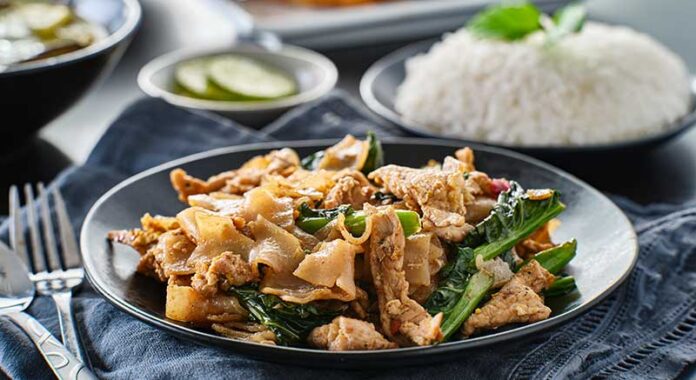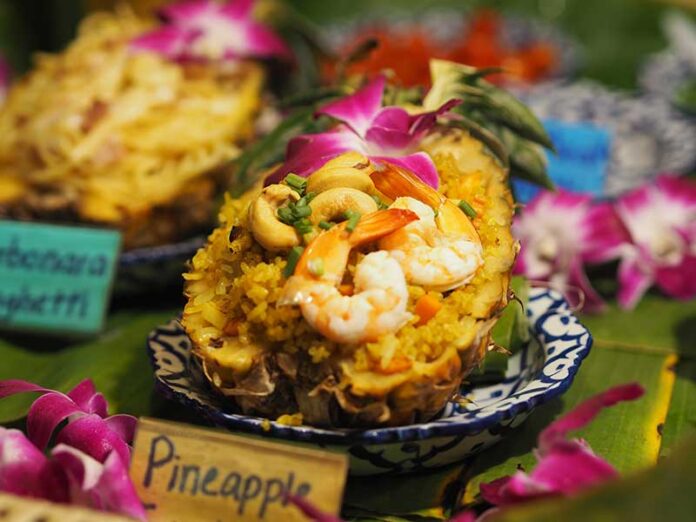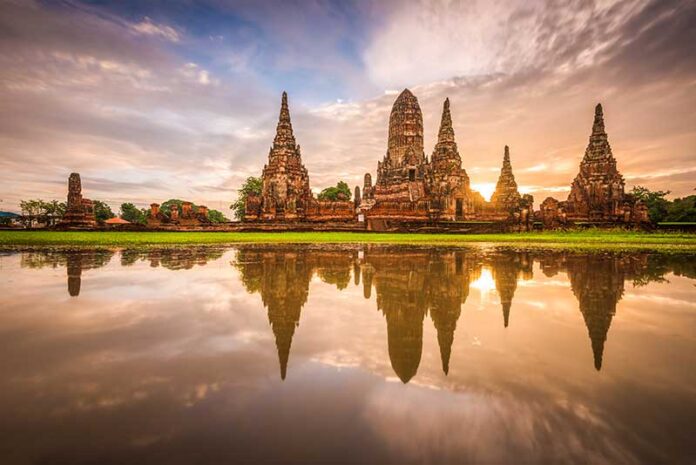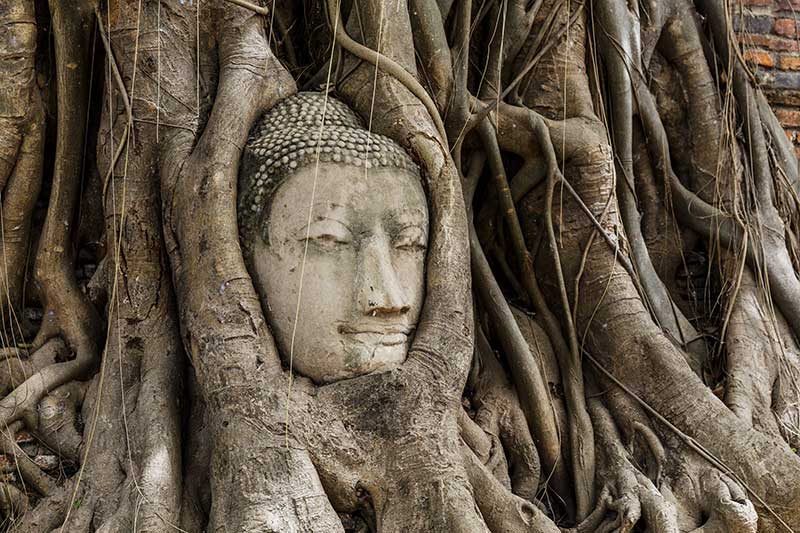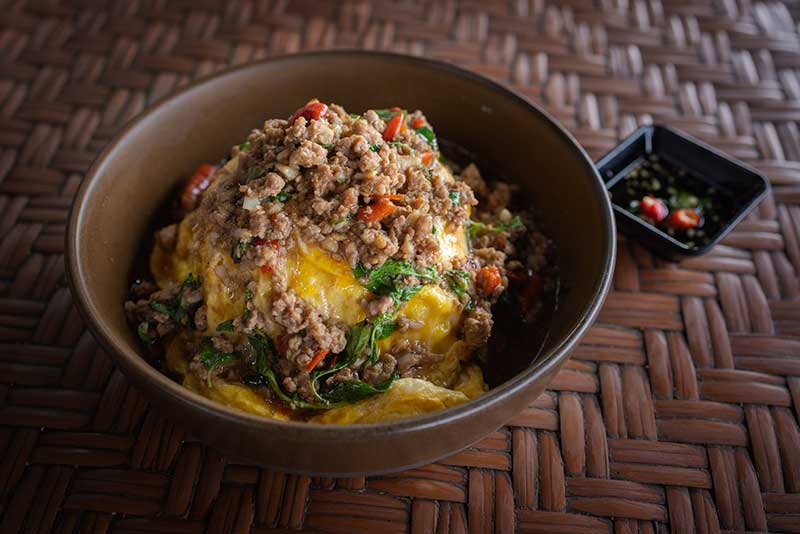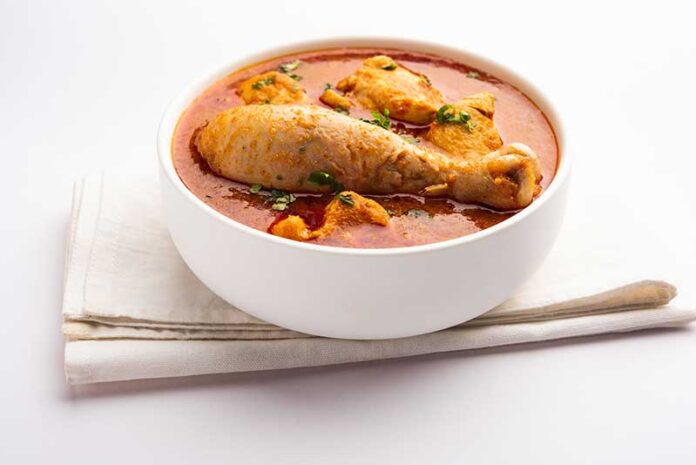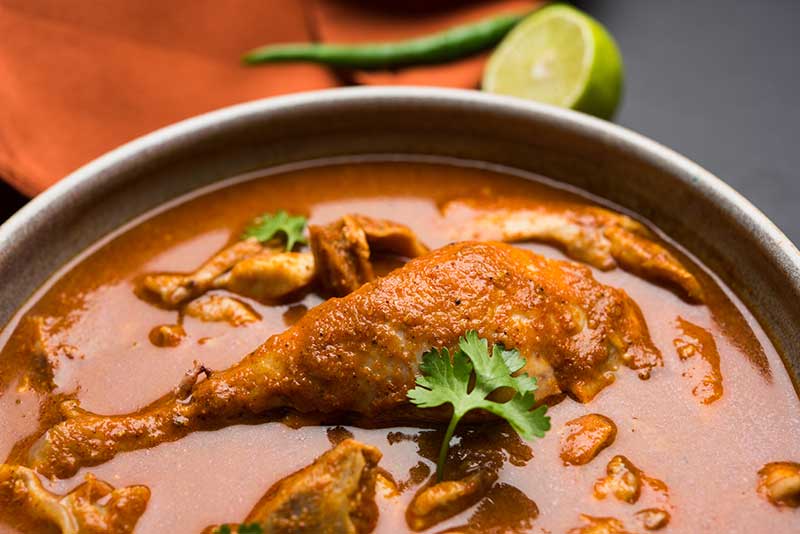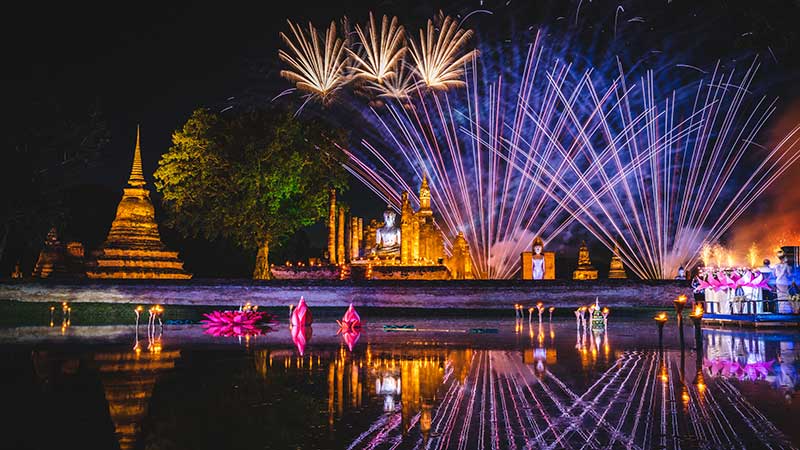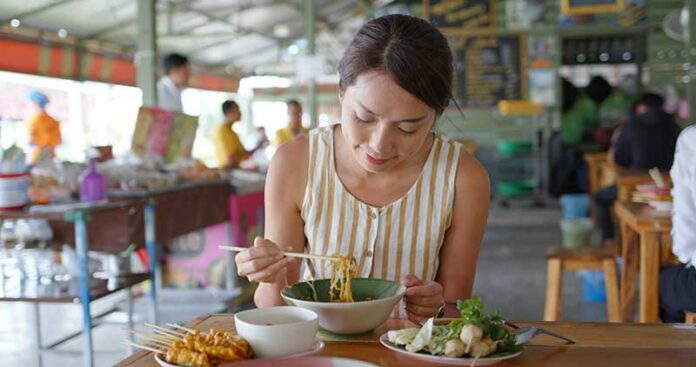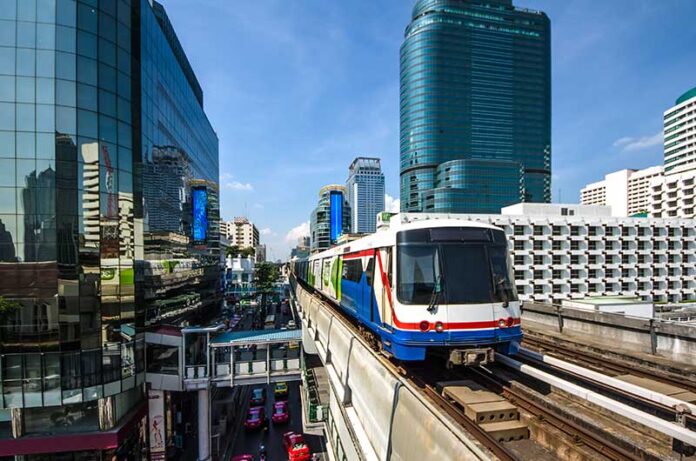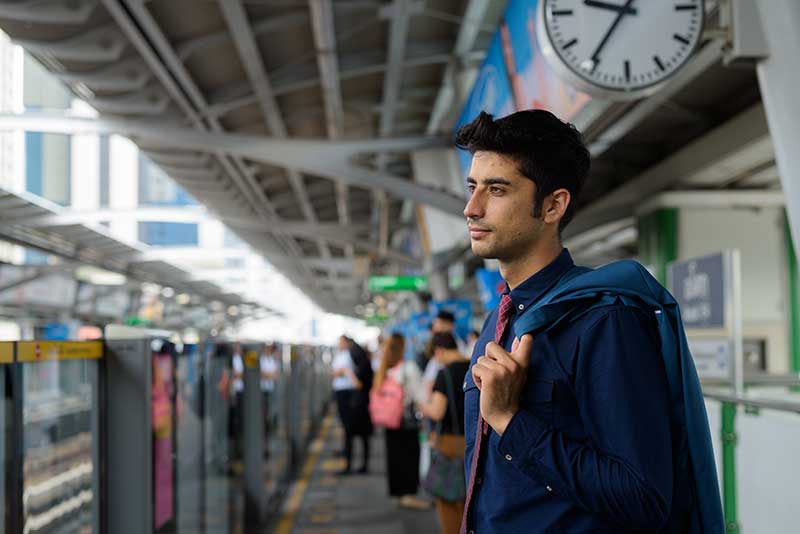Bangkok is one of the world’s most exciting shopping destinations, blending luxury malls, bustling street markets, and everything in between. Whether you’re hunting for designer labels, quirky souvenirs, or authentic Thai goods, the city offers an unparalleled retail experience. Here are the top three places to shop in Bangkok that every visitor should explore.
1. Chatuchak Weekend Market
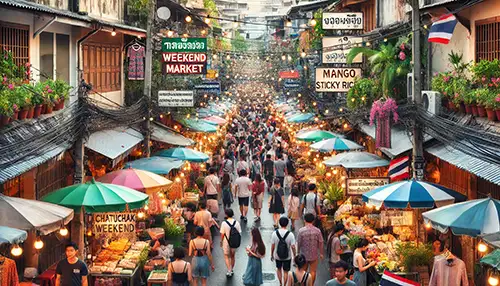
If you want to experience Bangkok’s shopping culture at its most vibrant, Chatuchak Weekend Market is a must. Known as one of the largest outdoor markets in the world, it boasts over 15,000 stalls selling everything from clothing and accessories to antiques, handicrafts, home décor, and even pets.
- Best for: Bargain hunters, souvenirs, local fashion, unique finds.
- Tips: Bring cash, wear comfortable shoes, and come early to beat the crowds and heat.
- Location: Kamphaeng Phet Road, near Mo Chit BTS Station.
2. Siam Paragon

For a taste of luxury, Siam Paragon is Bangkok’s most iconic upscale shopping mall. Home to international designer brands like Louis Vuitton, Gucci, and Prada, it also offers high-end Thai fashion, gourmet dining, and even a world-class aquarium inside. It’s more than just a mall—it’s a lifestyle hub.
- Best for: Luxury shopping, fine dining, family-friendly activities.
- Highlights: SEA LIFE Bangkok Ocean World, luxury cinemas, and exclusive car showrooms.
- Location: Rama I Road, directly connected to Siam BTS Station.
3. MBK Center (Mahboonkrong)

If Siam Paragon is luxury, MBK Center is all about affordability and variety. This massive eight-story mall is famous among locals and tourists for its electronics, fashion, accessories, and souvenirs at bargain prices. You can haggle here, making it perfect for budget-friendly shopping.
- Best for: Affordable shopping, electronics, phone accessories, Thai crafts.
- Tips: Don’t be afraid to negotiate for better deals—especially in the small stalls.
- Location: Phaya Thai Road, linked to National Stadium BTS Station.
Bangkok offers a shopping experience like no other—whether it’s wandering through the endless alleys of Chatuchak Market, indulging in luxury at Siam Paragon, or scoring bargains at MBK Center, there’s something for every budget and style. Next time you’re in the city, make sure to set aside plenty of time (and luggage space) to enjoy these top three shopping destinations.




